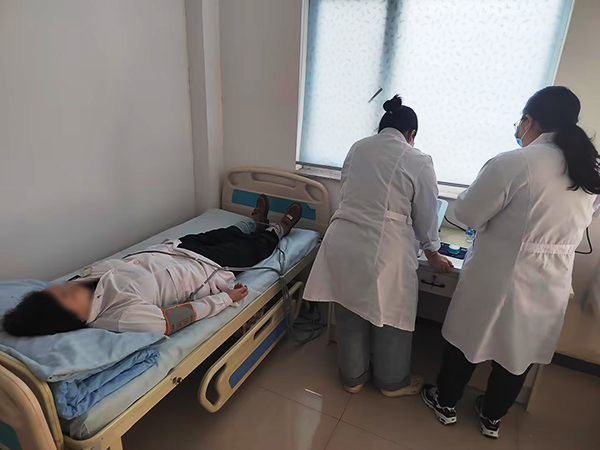In modern society, cardiovascular and cerebrovascular diseases have become the “number one killer” threatening human health. Arteriosclerosis, as the common pathological basis of most cardiovascular and cerebrovascular diseases, its early detection is particularly important. Arteriosclerosis detection, as a non-invasive, rapid and accurate examination method, is becoming an important item in health check-ups and clinical diagnosis and treatment.
Arteriosclerosis refers to the pathological change process in which the walls of arteries thicken, harden and lose elasticity. It often develops silently. By the time obvious symptoms appear, it is usually in the middle or late stage.
Studies show that arteriosclerosis is the main cause of myocardial infarction and stroke. Early detection and intervention can significantly reduce the risk of cardiovascular and cerebrovascular events
The clinical value of arteriosclerosis detection
1.Early detection of vascular lesions can achieve “preventing diseases before they occur” by detecting changes in vascular elasticity before obvious stenosis of the blood vessels.
2. Assessment of cardiovascular and cerebrovascular risks: The degree of arteriosclerosis is positively correlated with the risk of coronary heart disease, stroke and other diseases.
3. Monitor the treatment effect to provide a basis for evaluating the treatment effect of patients with chronic diseases such as hypertension and diabetes.
4. Health management guidance provides personalized health intervention plans for sub-healthy people.
Testing process and precautions: Standard testing process
Sit still and rest for 10 to 15 minutes before the test
2. Lie on your back and relax your limbs
3. Place sensors on the limbs and neck
4. Automatic measurement, the entire process takes approximately 5 to 10 minutes
5. Generate the test report
Precautions
1.Avoid strenuous exercise 2 hours before the test
2.Avoid smoking and drinking coffee two hours before the test
3. Wear loose clothing for convenient inspection
4. Keep your emotions stable
Which groups of people need regular testing
1. Key screening population
2. People over 40 years old
3. Patients with hypertension and diabetes – patients with hyperlipidemia – long-term smokers
4. People with a family history of cardiovascular and cerebrovascular diseases – obese individuals and those lacking exercise
Suggested detection frequency
Healthy people: once a year
High-risk groups: once every six months
Post time: May-28-2025


